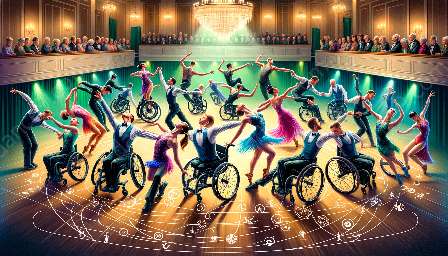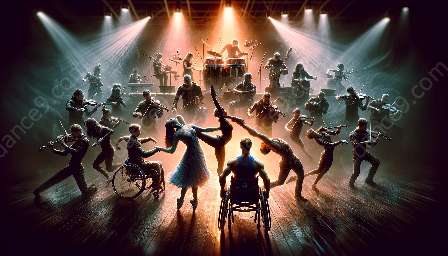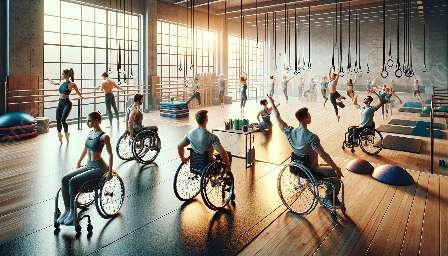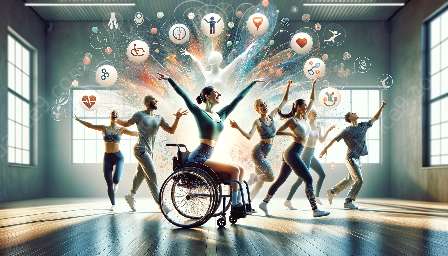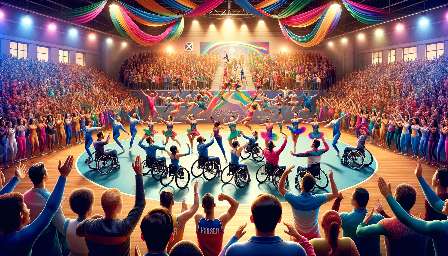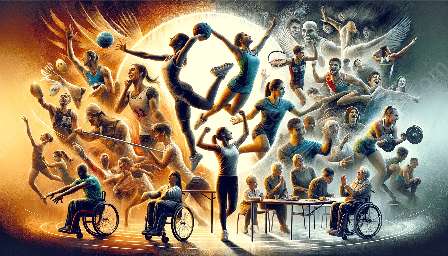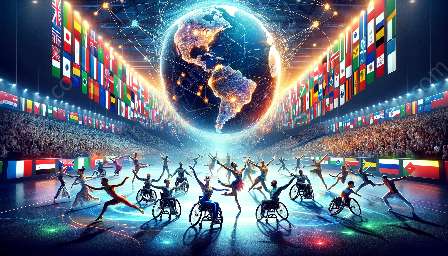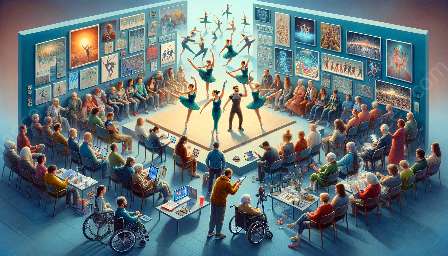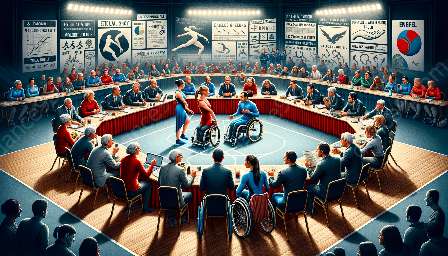Para dance sport is a highly demanding athletic discipline that requires specialized training and conditioning to prevent injuries and enhance performance. In this article, we will explore the best strategies for preventing injuries during para dance sport training, with a focus on preparation for the World Para Dance Sport Championships.
Understanding the Unique Challenges
Para dance sport athletes face unique challenges due to their physical disabilities, which require adaptive training and conditioning strategies. Understanding the specific needs and limitations of each athlete is crucial in developing effective injury prevention plans.
Specialized Training and Conditioning
The best strategies for preventing injuries in para dance sport training involve specialized training and conditioning programs tailored to the specific needs of the athletes. These programs should address strength, flexibility, endurance, and technique while considering the limitations and capabilities of each athlete.
Strength Training
Strength training plays a vital role in injury prevention for para dance sport athletes. Targeted exercises that focus on core stability, lower body strength, and upper body strength help improve balance and reduce the risk of injuries during high-intensity movements.
Flexibility and Mobility
Flexibility and mobility are essential for para dance sport athletes to perform complex dance routines with precision and fluidity. Incorporating dynamic stretching, mobility drills, and proprioceptive exercises can help improve joint mobility while reducing the risk of strains and sprains.
Endurance Conditioning
Endurance conditioning is crucial for sustaining energy levels throughout long training sessions and competitive performances. Aerobic and anaerobic training methods tailored to the individual needs of para dance sport athletes can enhance stamina and reduce the risk of fatigue-related injuries.
Technique Refinement
Fine-tuning dance technique is a fundamental aspect of injury prevention in para dance sport. Coaches and trainers should emphasize proper body mechanics, alignment, and movement patterns to minimize the risk of overuse injuries and musculoskeletal imbalances.
Periodization and Progression
Effective injury prevention strategies in para dance sport training incorporate periodization and progressive overload to ensure a balanced approach to training. Periodization involves dividing the training program into specific phases, such as off-season, pre-season, and in-season, to optimize performance while reducing the risk of overtraining and injuries.
Rest and Recovery
Rest and recovery are integral components of injury prevention in para dance sport. Implementing structured rest periods, active recovery techniques, and adequate sleep is essential for allowing the body to repair and adapt to the demands of training, ultimately reducing the risk of overuse injuries and burnout.
Technical Equipment and Assistive Devices
Utilizing specialized technical equipment and assistive devices can contribute to injury prevention and performance enhancement in para dance sport. Customized orthotics, supportive footwear, and adaptive dance props can provide stability, comfort, and safety for athletes with physical disabilities.
Collaboration with Healthcare Professionals
Collaborating with healthcare professionals, such as sports medicine physicians, physical therapists, and orthopedic specialists, is essential for developing comprehensive injury prevention strategies in para dance sport training. These professionals can provide valuable insights and resources to support the overall well-being and physical health of para dance sport athletes.
Preparation for World Para Dance Sport Championships
When preparing for the World Para Dance Sport Championships, the best strategies for preventing injuries during training involve a holistic approach that encompasses physical, mental, and emotional well-being. Proper nutrition, mental conditioning, and injury management protocols are critical components of the preparatory phase.
Nutritional Support
Ensuring adequate nutrition and hydration is essential for optimizing performance and reducing the risk of injuries during intense training sessions and competitive events. Collaborating with nutritionists and dietitians can help para dance sport athletes maintain proper fueling and recovery practices.
Mental Conditioning
Mental conditioning techniques, such as visualization, mindfulness, and stress management, play a pivotal role in injury prevention and performance optimization. Building resilience, focus, and confidence through psychological interventions can positively impact the overall readiness for the World Para Dance Sport Championships.
Injury Management Protocols
Establishing clear injury management protocols, including timely medical evaluation, rehabilitation plans, and return-to-play guidelines, is crucial for addressing and preventing injuries during the rigorous training leading up to the World Para Dance Sport Championships.
Conclusion
In conclusion, implementing the best strategies for preventing injuries during para dance sport training involves a comprehensive and individualized approach that integrates specialized training and conditioning, periodization, rest and recovery, technical equipment, collaboration with healthcare professionals, and preparation for major competitions. By prioritizing the physical, mental, and emotional well-being of para dance sport athletes, injury prevention can be effectively integrated into their training and competitive journey.




